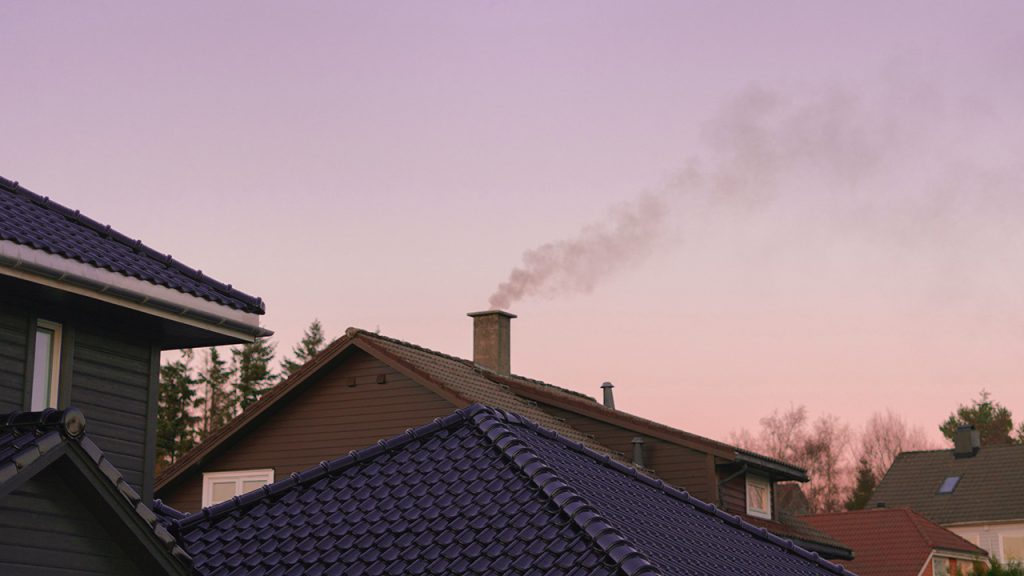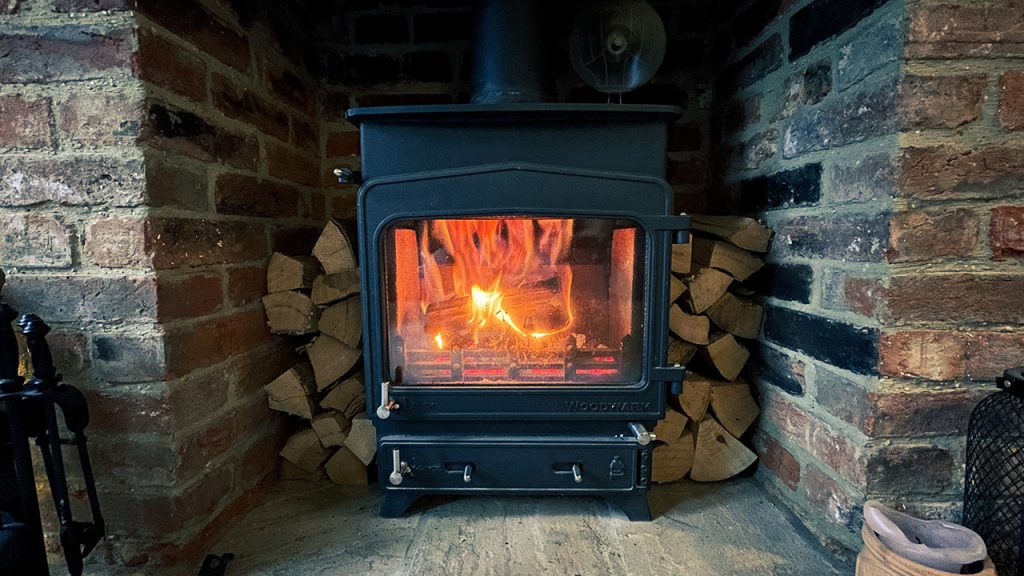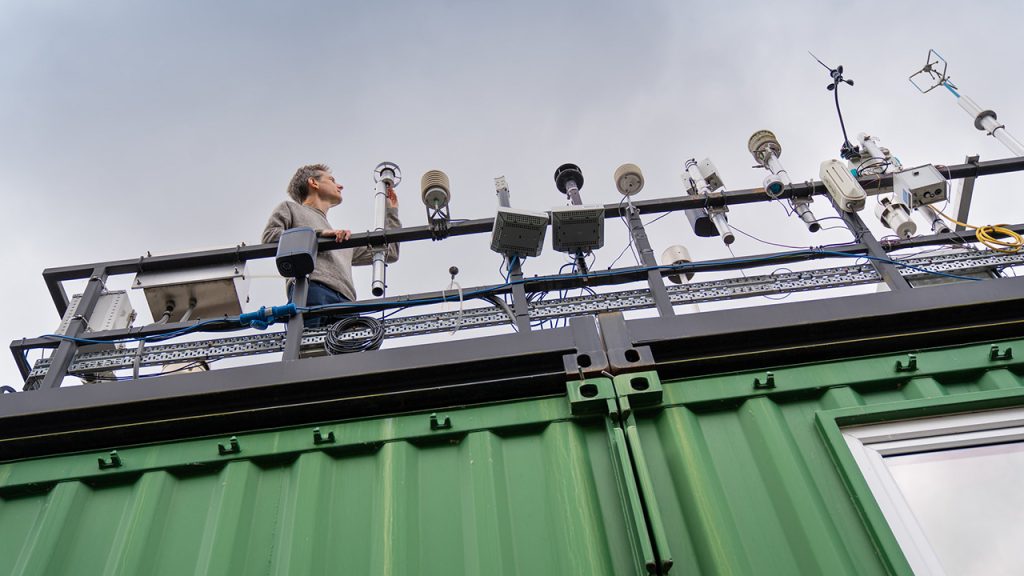
Researchers ready to track wood burner emissions ahead of winter energy crisis
Ahead of the colder winter months, the National Centre for Atmospheric Science is set to monitor changing pollution levels in our towns and cities.
Researchers will specifically track changes in pollution created by solid fuel burning in homes, helping to uncover whether the rising cost of energy will have a knock-on effect on the air we breathe.
Soaring energy prices are pushing people to make difficult decisions about how and when they heat their homes. Burning solid fuels in the home rather than using traditional gas or electricity fuelled boilers has been widely suggested as one money-saving option, for example by using wood-burning stoves or coal fireplaces.
However, the changing source of fuel could have an adverse impact on our health.
Across a national set of air pollution supersites, scientists will be looking out for one of the key environmental indicators that solid fuel burning is rising – small particle pollution.
These suspended particles can bypass filters in our respiratory system and enter our bloodstream. Over the long-term, breathing in small particulate matter increases mortality rate, often by exacerbating heart and lung conditions.
Those most vulnerable to air pollution include elderly people and people with respiratory illnesses.
Solid fuel burners – such as log-burners – are the single biggest source of small particulate matter nationwide.

Although there are many sources of small particulate matter, from vehicle exhausts to farming practices, researchers at the air pollution supersites are able to single-out pollution caused by wood-burning by looking for unique chemical signatures in the air. Each signature is like a fingerprint that helps to identify where the pollution comes from.
There are three Air Quality Supersites across the country, in Manchester, Birmingham and London, each funded by the Natural Environment Research Council.
These observation centres are operated by researchers from the National Centre for Atmospheric Science, the Universities of Manchester and Birmingham and Imperial College London, as part of a national Clean Air Programme. They are designed to track long-term trends in different pollution types, and provide evidence to inform government policies through projects such as the Integrated Research Observation System for Clean Air.
At each location, researchers use specialised instruments called Aethalometers to study ambient soot particles by testing how much light is absorbed by the particles at different wavelengths.
They also use instrumentation such as Aerosol Chemical Speciation Monitors to identify the chemical signatures in any airborne organic matter, and ultimately quantify how much wood burning is contributing to pollution levels in our air.

And, while the real world observations form one important aspect of research into winter pollution levels, scientists at the National Centre for Atmospheric Science will be complementing them with a series of laboratory experiments designed to examine wood-burning in closer detail.
Importantly, the experiments will help researchers to keep an eye on the pollution impacts both inside and outside homes.
It’s suggested that stove emissions directly into homes peak when opening the burner door to add fuel, and wood burners have been shown to triple the amount of harmful pollution in homes.
Whereas outdoor emissions through the chimney pipe tend to become dispersed over a larger area, emissions inside can lead to higher levels of exposure if pollutants become trapped in enclosed spaces without ventilation.
Next year, a novel research campaign at the University of York and University of Manchester will investigate the complex nature of stove emissions, aiming to improve our predictions of emissions and their impacts.
“At the moment, our emissions predictions assume that stoves are operated correctly, using appropriate fuels,” says Dr James Allan from the National Centre for Atmospheric Science and the University of Manchester.
“However, we suspect that many are not, with people likely to overstack fuel or burn unseasoned woods. Our first aim is to look at the effects of these practices.”
“Secondly, our laboratory experiments will also investigate the effects of gas emissions that condense in the air, and form particulate matter after they are emitted,” adds Dr Allan.
The experiments are set to use a novel stove testing facility at the University of Manchester, and study emissions on a molecular level using state of the art instruments.
At the moment, almost 16% of people in the South East use wood burners, and around 18% of people in Northern Ireland.
The Government is currently consulting on air quality targets for the smallest type of particulate matter, known as PM2.5, and is looking to publish a national air control plan shortly.
Later this year, the UK’s Chief Medical Officer is set to release his annual report themed on air pollution.
